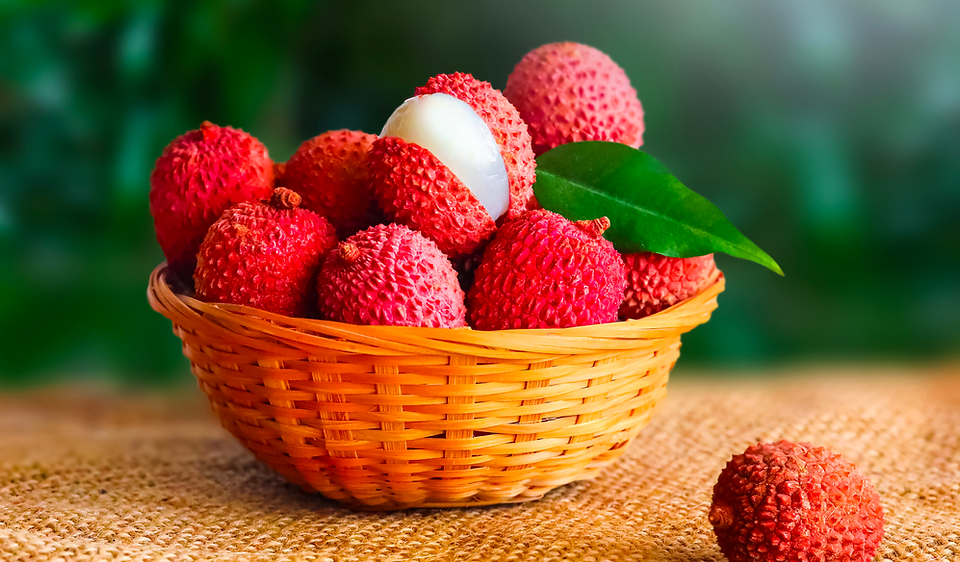Fruit is essential to everyday life in Vietnam. From street corners to bicycle vendors, signs for ‘hoa quả’ atop perfectly stacked pyramids of colourful fruits are everywhere. Snack happy, be adventurous and dive into the wonderful world of Vietnam’s fruits with this guide.
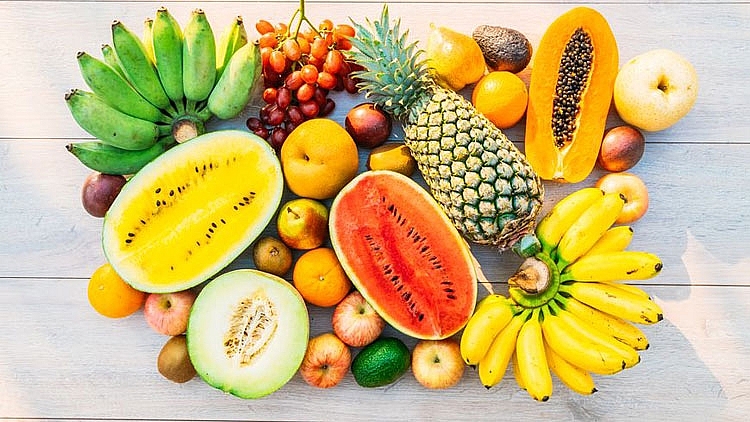
Mangosteen | Măng Cụt
Mangosteen is only available from May through August and is unquestionably one of the most unique fruits you will encounter in Vietnam. Even the Vietnamese are enthusiastic about mango season. Mangosteens, which have a soft, acidic flesh and a thick purple skin, are widely available in stores and from street vendors throughout Vietnam.
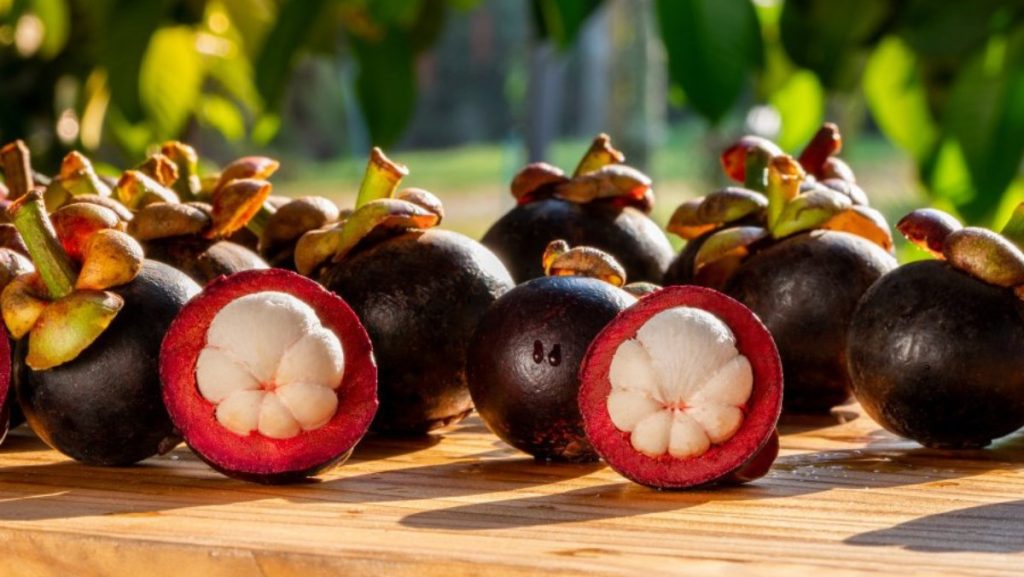
How to eat it
To separate the fruit’s shell and gently snap off the skin, gently squeeze the fruit along its middle. Take a fruit pod out of the pod and put it in your mouth to enjoy the flavor! Beware: bigger pods might include a seed. Mangosteen can be eaten alone or as part of a savory southern salad (gỏi măng cụt).
Star Fruit | Khế
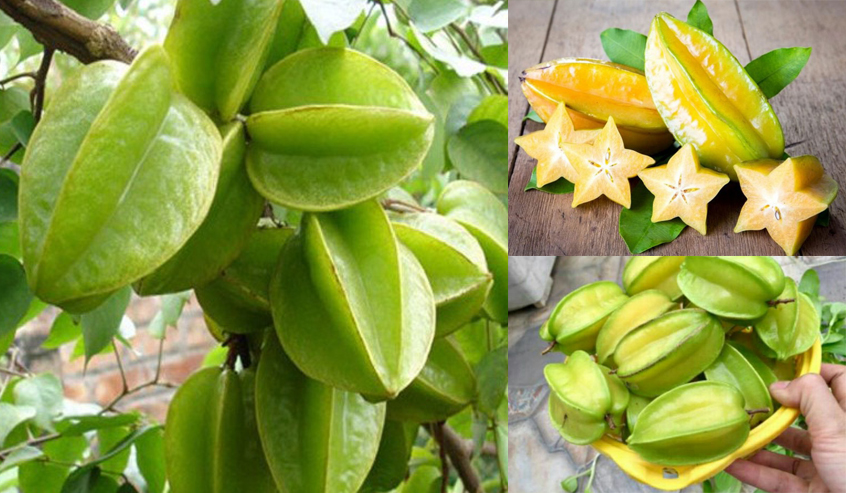
When star fruit is ripe and golden, it is delicious, refreshing, and sure to please. Because the trees bloom twice a year, the season might be unpredictable. The good news is that you can typically get this tart treat all year long, though you’ll have more success looking for it in the Mekong Delta.
How to eat it
Cut your star fruit into ideal star-shaped nibbles by cutting it horizontally. The skin is edible and simply has to be rinsed before being sliced because it is thin and waxy. Star fruit is a common component in canh chua cá, a traditional sweet and sour fish soup that is popular throughout Vietnam.
Rambutan | Chôm Chôm
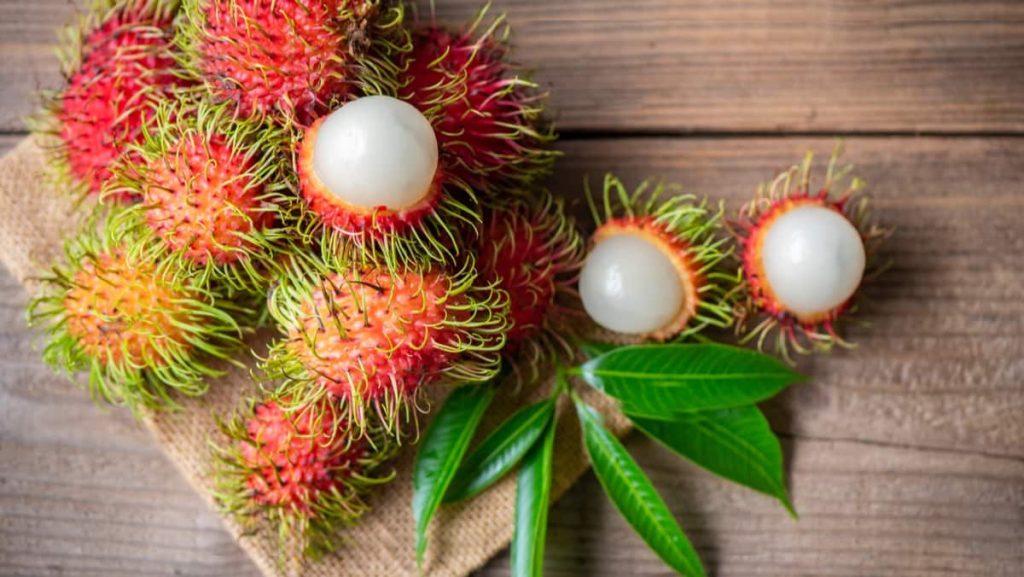
Rambutan are as tasty as they are colorful, which is a great way of saying “messy hair.” Their colorful, hairy covering conceals white, translucent flesh with a mild, grape-like sweet and tart flavor. Big bunches of these eye-catching fruits, which are harvested twice a year, are simple to find throughout the summer and even the winter.
How to eat it
As a nutritious and cooling snack, rambutan is a favorite among Vietnamese people. To uncover the flesh, remove the fruit’s exterior with a quick pinch and twist. Then, eat! Simply allow it to ripen a little longer if you are unable to peel it.
Longan | Nhãn
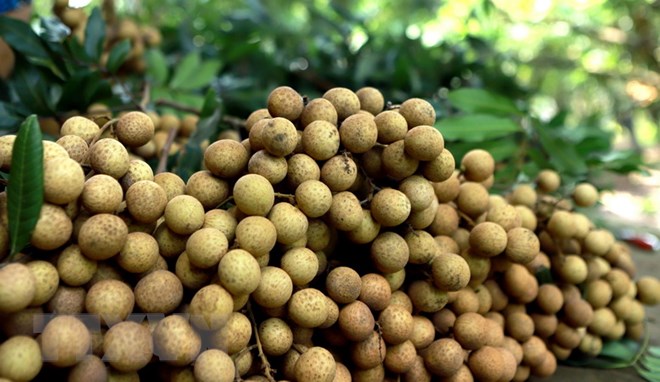
Vietnam’s many street markets are filled with enormous bushels of longan, which are a popular snack there. Vietnamese for “dragon’s eye,” this fruit is frequently compared to the lychee but has more flesh and a milder flavor.
How to eat it
Peel back the translucent fruit’s thin, brittle brown skin to reveal the seed, which is a hard, lustrous black. Longans are frequently enjoyed by Vietnamese people alone with a cup of tea or in a chilled, sweet soup with lotus seeds (chè ht sen nhn lng), which is the ideal treat on a hot summer day.
Pomelo | Bưởi
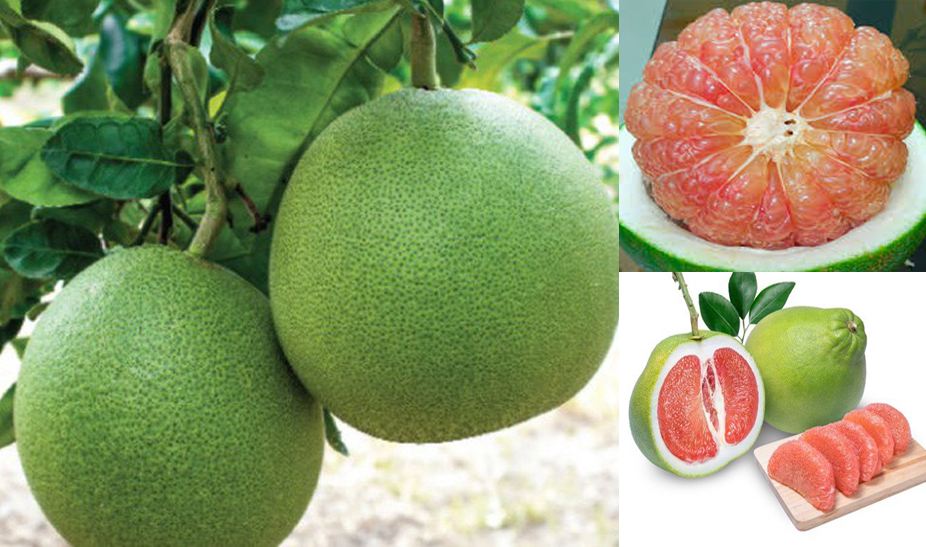
Pomelos are the larger cousin of the grapefruit but have a softer flavor. Pomelos may seem scary, but they’re worth the effort. When ripe, this huge, slightly oblong citrus is green with a hint of yellow. Vietnam has it available for the majority of the year and on exhibit on important occasions.
How to eat it
When the pomelo is sliced open, the thick white pith that covers its light yellow or pink flesh is visible. Pomelo stands out because, after removing the acrid pith, the flesh is composed of odd, tiny sacs that are filled with liquid. A common element in Vietnamese savory salads like gi bi is pomelo.
Dragon Fruit | Thanh Long
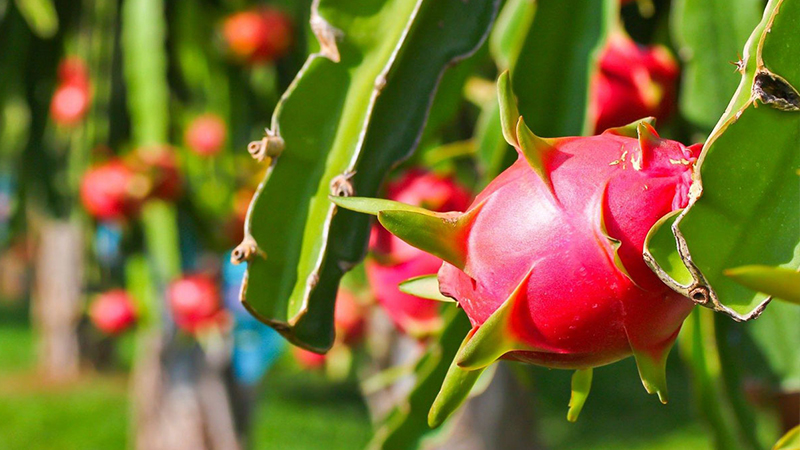
Dragon fruit, which is a direct translation of its name, is a common crop in the Mekong Delta. With a thick fuschia skin and whispy green extensions on the outside, dragon fruit has an odd appearance. Small seeds are scattered throughout the white or purple interior flesh.
How to eat it
Simply slice the dragon fruit and scrape off the thick rind to eat. Although this cactus has several health advantages, its flavor is actually quite bland and nearly watery. It’s a terrific palette cleanser and is frequently enjoyed by the Vietnamese at the conclusion of a meal.
Mangos | Xoài
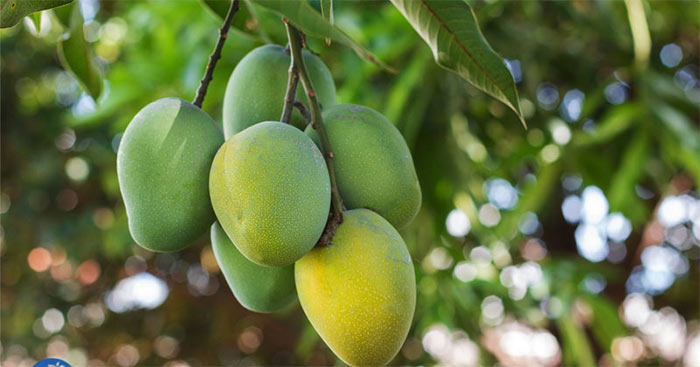
Mangos, ah! Though they may be among the most well-known fruits on the list, they are definitely worth trying in Vietnam. Vietnamese people enjoy eating green mangoes because they are fragrant and juicy, especially when they are shredded and added to a savory green mango salad (gỏi xoài).
How to eat it
Use a sharp knife to cut a ripe mango around the pit, then carefully split it in half. Another approach involves cutting crisscross patterns along the skin and slicing portions off around the pit. The fruit will nearly stand on its own when you bend the peel back, making it simple to eat off the skin.
Rose apple | Quả Roi in the north, Quả Mận in the south
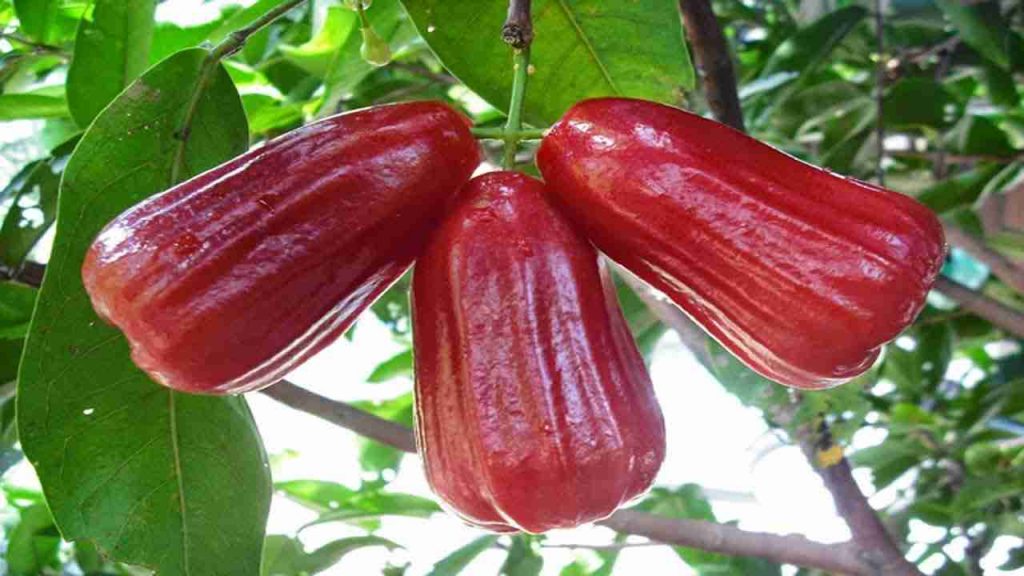
This odd red fruit, which resembles a bell, has a watery feel similar to a melon and a crunchy, juicy interior. The flavor of rose apples can be compared to immature pears with a hint of rosewater, and they have soft flesh. The south of Vietnam is where you can find this delightful fruit growing for the majority of the year.
How to eat it
Despite having an English name, this fruit merely resembles apples in terms of eating. You can bite into the core (just stay away from the base) or cut it into quarters and tuck it.
Star Apple | Vú sữa
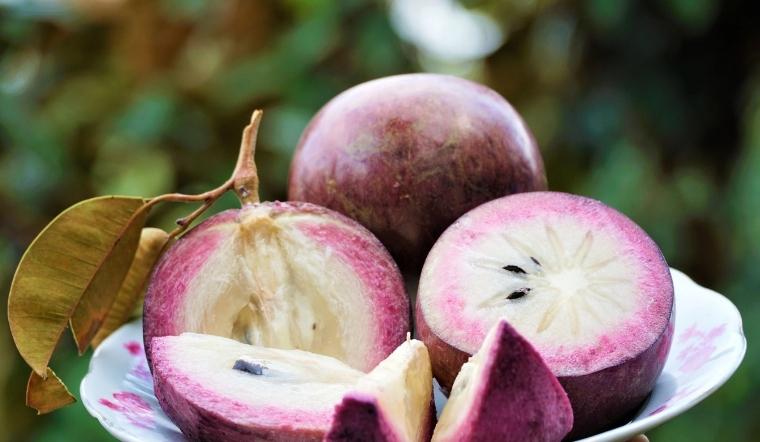
The word for star apple in Vietnamese means “mothers’ milk,” and it has a connection to an antiquated folktale. This spherical fruit has tight, lustrous skin in violet or green tones and is about the size of an orange. The fruit’s interior is white and has a mild flavor, while the skin and rind are bitter.
How to eat it
There are two ways to experience star apples like a local. They are grown in orchards in the Mekong Delta and Central Vietnam. You can either cut it in half and use a spoon to scoop out the fruit (watch out for huge, inedible seeds), or you can squeeze and roll it to release the juice within before poking a hole in the bottom and sucking out the milky juice.
Guava | Ổi
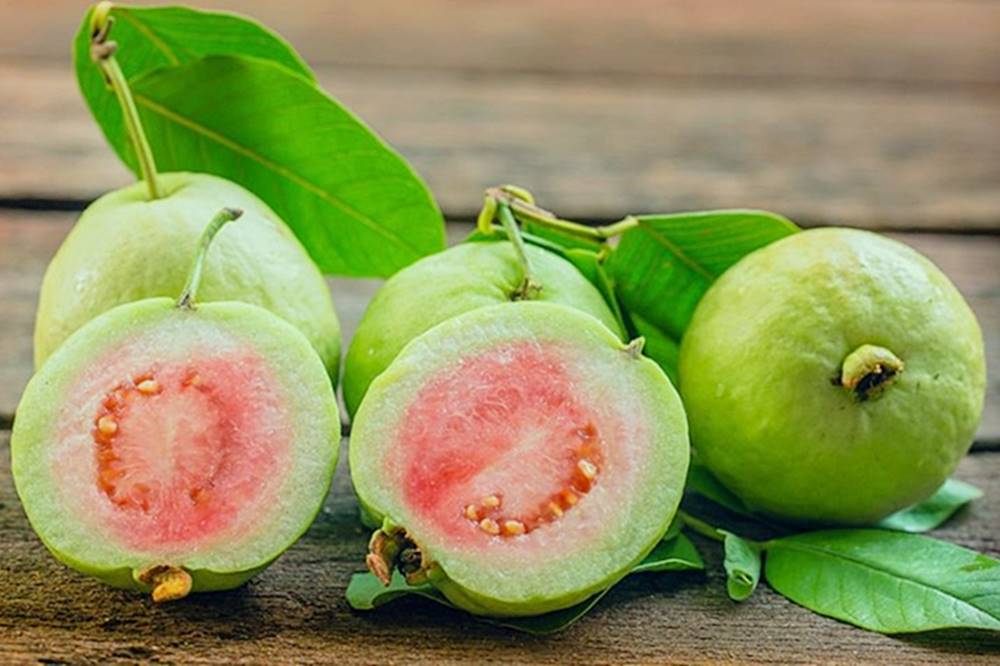
This pear-shaped fruit, which is about the size of a softball, has a rough texture and a light green color. Guavas in Vietnam are green with white or pink flesh and have a subtle, herbal flavor; they are imported from Central America.
How to eat it
Guava is a favorite fruit of the Vietnamese, who will eat it ripe or unripe, chopped into chunks, and sprinkled with chile salt. The mild and somewhat acidic flavor of the guava complements the pungent and spicy spice beautifully.
Passionfruit | Chanh Leo
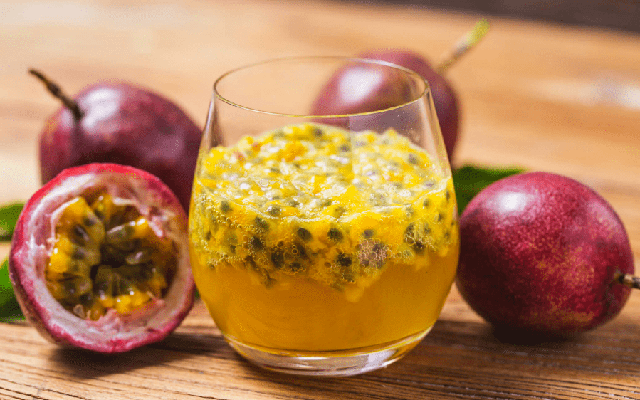
Passionfruit, which is purple and about the size of a tennis ball, is a favorite component in Vietnamese cuisine. The edible seeds have a crisp finish and a flavor that is pleasant. Every season, passionfruit is readily available at sidewalk cafes. Consider consuming it as a juice (nước chanh leo) or combined with yogurt, ice cubes, and a touch of sugar (sữa chua chanh leo).
How to eat it
You can use your hands to gently tear apart the thick rind. Soft yellow and orange seeds found inside passionfruit can be scraped out with a spoon and used to produce sour and energizing cocktails.
Durian | Sầu Riêng
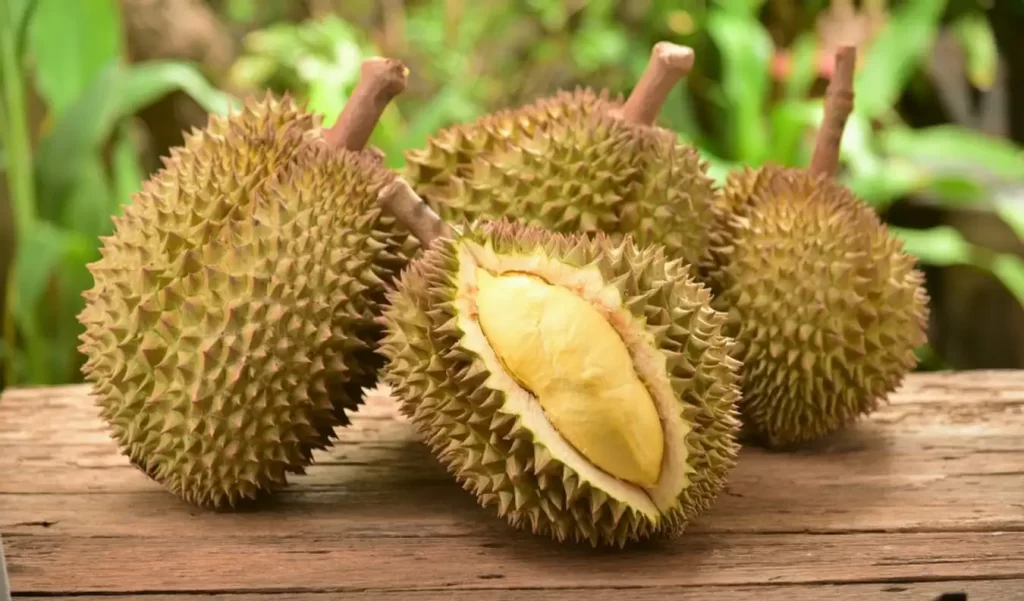
Durian is known worldwide for its pungent aroma, which is so powerful the fruit is banned from public transport in many countries. The ‘king of fruits’ looks and tastes like nothing else in the world. The texture of durian is often compared with custard, and the buttery flesh melts on the tongue, leaving behind a strong flavour and fragrance which durian addicts can’t get enough of.
How to eat it
Durian is tough, between the spikes and the smell, so don’t worry about asking your vendor to carve off a slice for you. Some good ways to try durian are in chè Thái, xôi sầu riêng (sticky rice with durian custard) or bánh pía, a puff pastry with a creamy durian filling.
Jackfruit | Mít
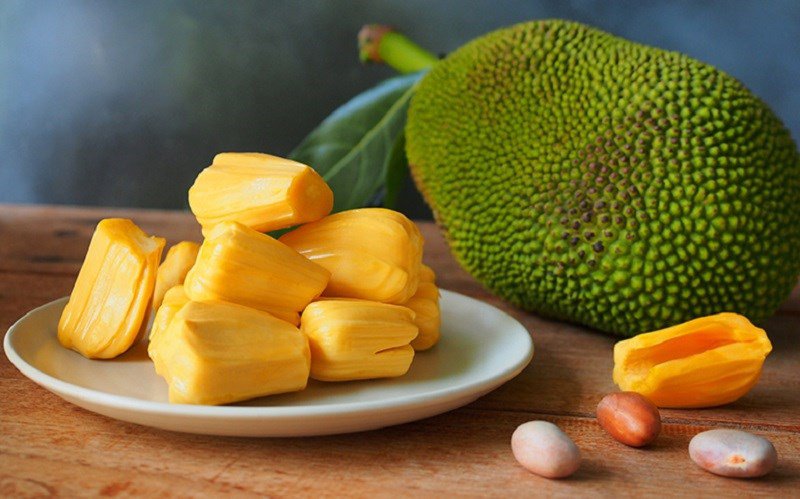
Jackfruits are similar to durian in size and color on the outside, but once they’re opened, they look completely different. The largest and heaviest fruits in the world can grow to be jackfruits. The flesh has a gooey texture, and the skin is covered in ridged lumps. Fruit enthusiasts who prefer tearing off the stringy meat by hand and savoring its sweet, delicate flavor are huge fans of jackfruit.
How to eat it
The hardest fruit to open on this list is the jackfruit, which is even more challenging and messy than the durian. Before you start eating, you’ll need assistance cracking open the jackfruit. A dish of crushed ice, coconut cream, and mixed fruits known as hoa qu dm also contains jackfruit.
Lychee | Vải
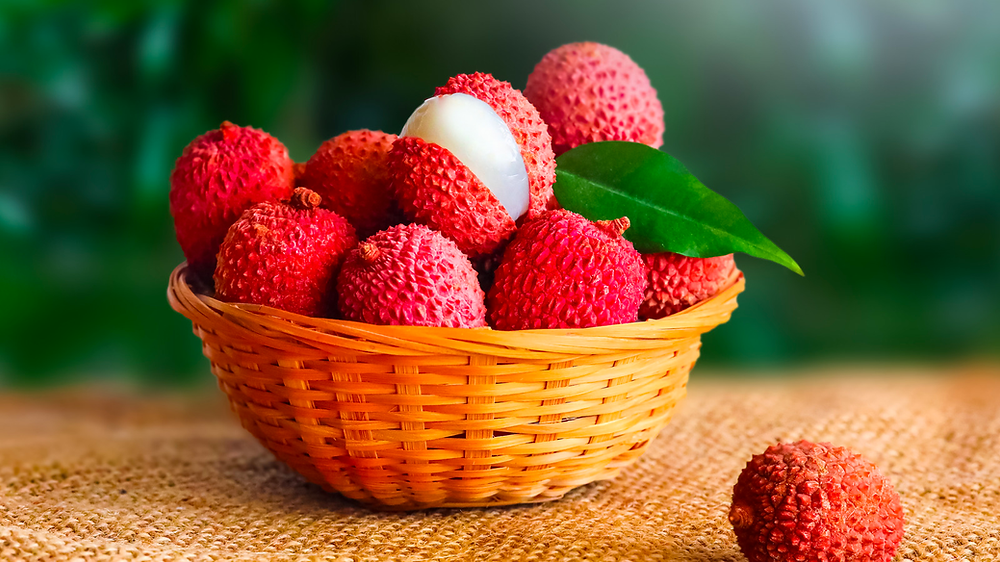
Lychee is native to Northern Vietnam thanks to suitable climate conditions and is believed to be indigenous to the localities along the Red River since 100 years B.C. Glossy, succulent and heavenly sweet, lychees have all in its auspicious properties and were believed to bring lucky, prosperity and fertility. In the long list of healthy fruits, lychee was the leading with numerous attributing, from source of dietary fibers, vitamins and minerals, pain reliever to cure for cancer and kidney disease! Lychee is a natural cosmetic to moisturize skin, reduce wrinkles, keep hair healthy, and strengthen bones.
How to eat it
Grasp the nub of the stem and peel away the pink or yellowish-brown skin at one end. The white, semi-translucent flesh inside is the edible portion of the fruit. You may want to peel the fruit over a bowl to catch the dripping juice.
- If the lychee has been left out a while, the skin will be harder and tougher to peel. Use your fingernail, teeth, or a knife to cut a slit. Soaking the fruit will make it easier to peel as well.
- Completely transparent flesh, mottled flesh, or yellow-brown flesh mean the lychee may be fermented or rotten.

